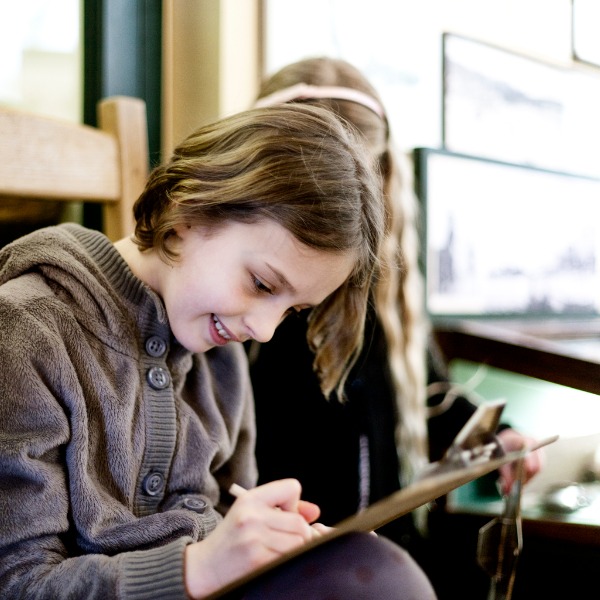Walk Around Survey

A student writes on a clipboard (urbancow, iStockphoto)

A student writes on a clipboard (urbancow, iStockphoto)
Format
How does this align with my curriculum?
PE
5
Integrated Curriculum Grade 5: Science (Draft 2023)
IS 1.4: Collaborating with others effectively can help us to share meaningful explorations in impactful ways.
PE
6
Integrated Curriculum Grade 6: Science (Draft 2023)
IS 1.4: Collaborating with others effectively can help us to share meaningful explorations in impactful ways.
PE
6
Integrated Curriculum Grade 6: Science (Draft 2023)
IS 1.4: Effectively communicate the results of their inquiry.
In this learning strategy, students walk around the room to gather information from their peers.
What Is It?
This learning strategy provides a structure for students in a large group to exchange information with each other. It infuses physical movement into the learning process. It is designed to link and extend understanding and experience as students connect with both individuals and small groups.
Why use it?
- To identify and consider different perspectives on a topic
- To support conversations with other people
- To support making observations
Tips for success
- Use the template provided to make a custom version for your activity
- Set a time limit on how long individuals can spend collecting information
- Set some parameters around the number of different observations or number of individuals you need to seek information from.
How do I use it?
- Provide each student with the Walk Around Survey Template reproducible.
- Direct learners to circulate and survey others about the categories listed on the template. Students jot down notes on the template after each interaction.
- After a designed length of time, students split up into small groups. Students share their collected information as well as their own responses and reflections.
- Once information has been shared, small groups can explore and analyze the responses for themes, comparisons, and generalizations.
- Groups can then draw conclusions from patterns and themes that emerged based on their explorations. Groups may share these themes with the rest of the learners.
Variations
- In virtual settings, consider using breakout rooms to allow students to survey their peers about a topic. Students could be in a breakout room with a partner for a couple of minutes. Students could then switch breakout rooms to talk to another peer. Students could continue this process to interact with several peers.
- Some categories might be:
- Key Points, Significant Ideas, Questions, Concerns, Hopes, Stumbling Blocks
- This strategy can also be used as an observation tool (e.g., exploring outside)
- In this case you would fill in the grid with images or words that learners need to find and make observations on.
- Potential categories might be:
- Leaves, Flowers, Stems
- Insects, Worms, Spiders
- Circle Shape, Square Shape, Other Shapes
- Potential categories might be:
- In this case you would fill in the grid with images or words that learners need to find and make observations on.
Using this Strategy
- Walk Around Survey Template Reproducible [Google doc] [PDF]
Create Your Own
- Walk Around Survey Template Reproducible [Google doc] [PDF]
References
Adapted by: Wellman, B. M., & Lipton, L. (2011). Groups at work : strategies and structures for professional learning. Lost Acre Trail Sherman, Conn: MiraVia.